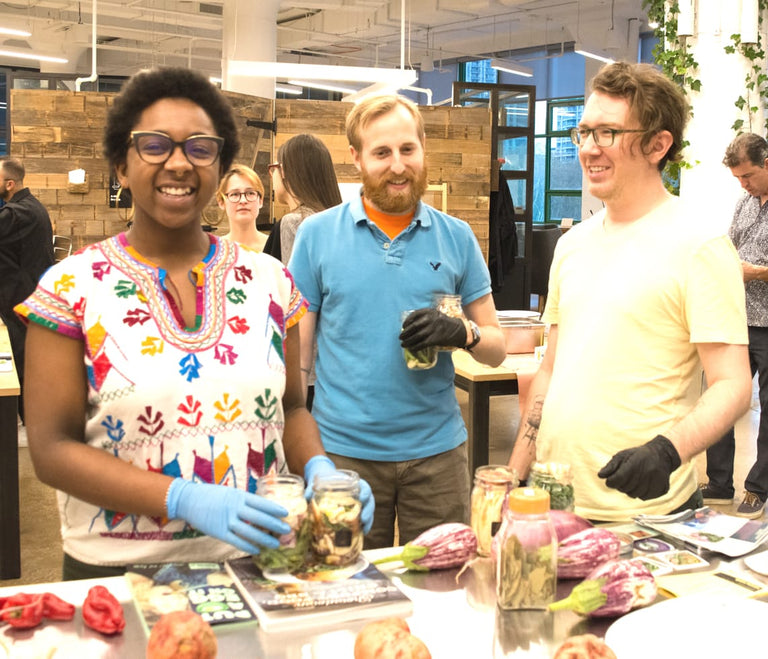How to Spot the Imposter: Real Honey vs Fake Honey

Most of us have a jar of honey sitting in our pantry right now. If your honey came from the grocery store, it is probably smooth and clear – just as you would expect. But the honey industry is hiding a secret. There’s a high chance that your store-bought honey is fake. While fake honey usually includes some amount of real honey, it is often mixed with other corn, rice, or sugar cane syrup to reduce its cost. These fillers are far cheaper than raw honey and are used to produce more honey, quicker. In fact, up to 76% of honey sold in the US is not really honey, at least not entirely.
One of the key characteristics of real honey is the presence of pollen, which is also the source of honey’s many health benefits. Raw, unfiltered and unpasteurized honey contains vitamins, minerals and enzymes, whereas most of that is lost once honey becomes treated and filtered. It’s crucial to know where your honey is coming from and how it was processed if you, like many others, are interested in consuming more honey for its benefits.
The Benefits of Real Honey
While humans have been eating honey for thousands of years, the boom in natural and herbal remedies in today’s wellness industry has increased consumer interest in honey. Considered a superfood, honey has a host of benefits.
-
It is anti-inflammatory and a natural antibiotic that can be used on small cuts or scrapes.
-
Its high antioxidants can improve memory and slow cellular damage.
-
Honey can serve as a cough suppressant.
-
Honey can help you sleep as it increases insulin which becomes serotonin and then converts to melatonin.
-
Additionally, it can increase energy levels due to honey being nutrient dense with enzymes, vitamins and minerals.
-
One of the most interesting benefits of honey though, is that consuming local honey can help people who suffer from seasonal allergies. Eating local honey can improve antibodies because the honey contains trace amounts of local pollen. Therefore, it can help lessen seasonal allergy symptoms as your body acclimates to the pollen in your area.
These are all excellent reasons to eat more honey, but the key factor in achieving these benefits is consuming honey that is real. A great way to incorporate real, unfiltered honey into your diet is by buying local. Sweet Things & Wild Thyme is a local apiary that produces honey made by bees that roam many of the Hudson Valley’s fertile landscapes, aiding in the necessary pollination of countless flowers, trees, and crops. Their raw honey helps nourish the local ecosystem and is all natural. Unlike grocery store honey, the production of local honey helps increase regional pollination which contributes to bigger growth and more bountiful harvests. When bees contribute to the pollination of fruits and veggies, yields of these plants are estimated to grow by 70%. Local honey is not only delicious, it is also a key to our local agriculture.
Secrets of Supermarket Honey
The work being done by independent beekeepers is being threatened by the fake honey business. A recent Vice article uncovered the dark underworld of honey, stating, “Honey can deceive in many ways. Some honeys are heated to high temperatures, for easier manipulation and to avoid crystallization, but are presented as raw. Others are diluted with different kinds of sugar or syrups, made from rice, beet, corn, or other plants. Honey can be extracted while it’s still immature (when it's not yet honey, but a nectar product), or labeled as local when instead it comes from overseas.” These modifications create “adulterated honey” which is prevalent in the market. While adulterated honey is still safe for consumption and does not explicitly have negative effects, it also lacks all of the positive effects that come from natural honey. The fact that it is not fundamentally dangerous, however, leads to a lack of regulation, and it becomes difficult for consumers to identify what is real and what is fake.
Fake honey can mean it’s been filtered or heated. It may contain additional filler ingredients like corn syrup and other sugars, but most importantly, could mean pollen has been removed. Pollen is often removed from honey because it causes crystallization, a trait many consumers do not like, but as previously mentioned, pollen is a key to honey’s positive benefits. These modifications don’t necessarily mean that you shouldn’t consume these products, but they are often marketed as raw, organic, or 100% honey – which they are not.
There are several steps in the honey treatment process which often includes heating and filtration. Heating is done to reduce crystallization and extend shelf life. Filtration further reduces crystallization and produces a clear product that many consumers have come to expect. However, there are other, less honest, reasons for doing it which includes removing or hiding ingredients that manufacturers don’t want consumers to know about, like antibiotics and pesticides. Processing honey can also obscure its origins. In fact, 75% of the honey consumed in the US in 2018 was imported from overseas. This aspect of concealing origins is part of a vast system of mislabeled food products that hide sourcing to make consumers think they are buying local when they are not. For instance, honey can be made in China and then injected with a small amount of genuinely local honey, so that it can be a trick product of “local” origins.
Now you may be thinking about those USDA labels grading honey and touting organic and local sources, which do make it appear that the honey you are buying has been vetted. This is false security. There is little consistency in regulation and honey is a product that does not require official inspection to carry a USDA label. Therefore, inspections often occur after the fact when consumers start to file complaints. Perhaps the biggest falsehood on honey labels is when they are stamped with “100% organic.” Honey, given the nature of its producers (honeybees), can never be confirmed as completely organic because bees fly off on their own paths and collect pollen. In order to confirm that it is organic, there would need to be confirmation that every flower the bees collected from was grown organically, which is of course impossible. The label of 100% organic should be taken with skepticism as it usually refers to one particular ingredient in a product. So while one ingredient used in the process is organic, that doesn’t mean the finished product is.
What’s the Harm in Fake Honey?
Why then is fake honey so bad if it doesn’t harm people who eat it? For one, it is fundamentally dishonest. Producers are using the popularity of local and raw honey to make a profit through the manufacturing of a much cheaper and lower quality product. Fake honey is ultimately economic fraud. It devalues the work being done by honest beekeepers and lowers their profits putting their livelihood at stake. In recent years the price for pure honey has gone down due to these workarounds to make fake honey. Companies that process honey need less of the real stuff to make a sellable product and according to Vice, beekeepers are the ones missing out on profits. We spoke to Andy at Sweet Things Wild Thyme to get his opinion on the matter. Given the scale of their apiary, it has not directly affected them. “I’m a guy with a bunch of beehives who enjoys taking care of bees. Because we’re a small operation, we work in a different sphere of production and to me, it’s more about educating people so they can know the difference [between real and fake honey].” Finally, this is an issue with the potential to balloon to a very large problem. By shifting sourcing to adulterated honey, the stability of the American food market has the potential to be drastically impacted. Bees are responsible for pollinating 90 commercial crops. With fewer bees, there will be less chance for pollination, sending agriculture into a downward spiral and destabilizing the food supply chain.
How to Spot the Real Deal
It’s important to know and trust where you buy your honey. Real honey contains propolis, pollen and wax. It is full of B vitamins and enzymes, does not contain antibiotics or fungicides and will never expire. Raw honey is never pasteurized, filtered or strained. Some buzzwords to look for are “completely raw”, “100% pure”, “unpasteurized” or “no added ingredients”. It should look creamy, opaque and crystallized. Conventional honey lacks propolis and pollen, is stripped of nutrients through heating, contains additives like corn syrup or water, and has trace amounts of antibiotics and pesticides. You should avoid honey from big box stores like Costco or Walmart or chain pharmacies like Walgreens or CVS. You should also try not to use honey packets and honey that looks completely clear and uniform throughout with a lack of crystallization. At Local Roots, we source our honey from local beekeepers who are committed to providing honest, quality products. We believe in the importance of bees in our ecosystem and are proud to offer real, unfiltered honey. The world of honey can be hard to navigate, but a great place to start is with local beekeepers and farmers markets where you can talk to producers about their product and get to know the whole, sweet origins of their honey.
Article by Local Roots NYC volunteer Jessica Schwartz
Rather have a taste first?
Local Roots Experiences are fun, pop-up events where we bring the farm to you!

Become a Harvest Club Pick Up Location
Are you a NY based cafe, bar, or neighborhood business? Become a Harvest Club pick up location and have community members come to your establishment each week to pick up their Local Roots harvest.
Top





